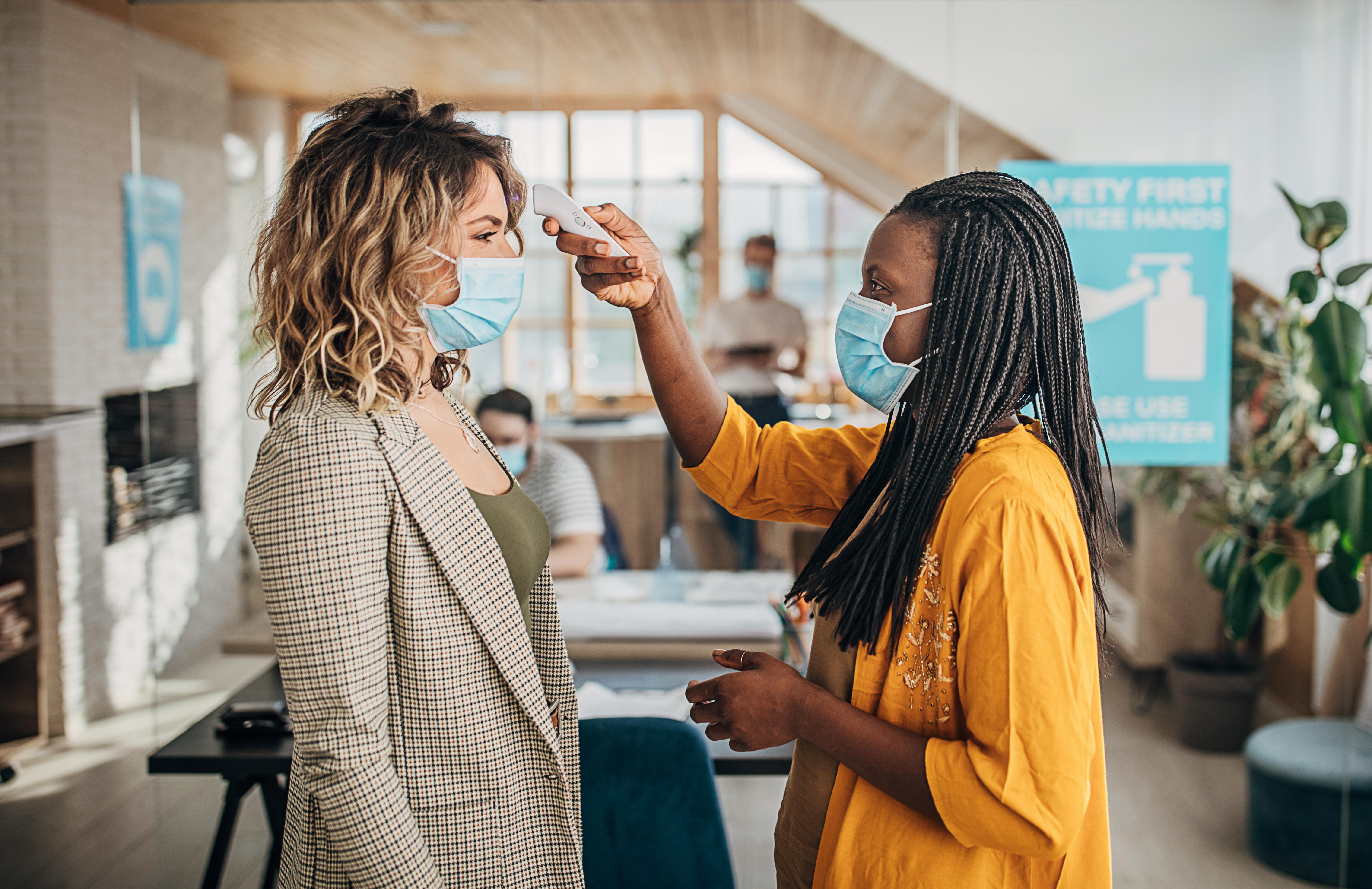With most 2020 events cancelling, postponing or going virtual due to COVID-19, we’re all eager to experience live interaction again. With slow progress being made in some regions, we can cautiously begin to consider live events for some areas. Within the new procedures and renewed emphasis on safety precautions that must be considered, one viable option is hosting an Event Series. In this article, BCD M&E Event Manager, Kimberly Kean, further explains the Event Series Model.
What is an event series?
An event series model consists of replicating the same single event for smaller audiences across a longer span of time. For example, our US team recently managed a 4-week long in-person training for a total of 90 attendees where each week between 18-30 attendees were trained. One master event is created as the blueprint model, with all of the content required to deliver the messaging. This is suitable for those events where your messaging and content is repeatable. Here, the importance of having a global agency partner can’t be understated, as it will make it so much easier to ensure consistency in messaging and delivery.
To further understand the Event Series Model as a viable option for live events during this unique time, we turned to one of our US event experts for a quick Q&A.
Event Series Q&A with:
Kimberly Kean, Event Manager
“People want to connect. They want to meet face-to-face, but how do we break from the norms that we’re all now so used to, and keep people safe? That includes us in the service industry.”
What are some of the benefits of an event series model, especially during this unique time?
This model allows for that irreplaceable connection when meeting in-person. While the virtual meeting space has allowed for its own unique benefits, an event series model brings the opportunity for a lot more personal and enriching conversations. For instance, in a small-group training or orientation the attendee is able to receive more attention than they would receive in a large setting and we’ve seen a great increase in participation.
What precautions can be taken to ensure attendee safety?
Attendee safety is the main priority. We implement many precautions on-site to ensure the safest experience. It’s important to execute best practices such as daily temperature checks, ample access to hand sanitizer, promoting social distancing and wearing face masks. We can also configure meeting spaces so that there’s six feet between each attendee and each attendee is at their own table.
What’s a challenge for this new way of meeting?
One of the obvious challenges is that you lose the ability to connect and network with colleagues/others outside of the group in your series. Taking the time to really think through, and even a little outside the normal box, who would be in each group/training/meeting is an important conversation now to overcome that challenge. Allowing for that interaction with others the attendees might not have the opportunity to talk to regularly can be a great to achieve those interpersonal conversations while meeting the overall goals of the event.
What opportunities for attendee interaction does this type of model allow?
An event series model allows for the recommended safety measures to be met so the goals of the event can be the main focus. When inviting attendees to an in-person event right now, there must be a level of confidence that their safety will not be compromised and this model allows us to provide that. Keeping each series at or below the recommended number of participants per indoor gathering means we can set the space to allow for that face to face time. Meals and cocktail receptions have always been one of the most organic networking opportunities so being able to offer that again through the series model is invaluable for our clients.
Read 7 Success Factors for Hybrid Events
What type of events would this work best for?
Regional meetings, Small-group employee trainings, a Masterclass for a small group of clients and department specific meetings such as a senior leaders think tank or new partner orientation.
Originally published Sep 14, 2020 11:45:00 AM
Last updated on Jan 3, 2023 4:54:49 PM


